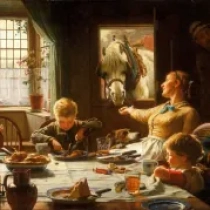 1850 - 1920
neo-classical
1850 - 1920
neo-classical
Description Frederick George Cotman
Frederick George Cotman, born on May 17, 1850, in Norwich, England, stands as a distinctive voice in the annals of British landscape painting. Cotman's artistic journey unfolded within the context of the Norwich School, a group that sought to capture the ethereal beauty of East Anglia's landscapes.
Initially influenced by his father, the renowned landscape artist John Sell Cotman, Frederick George Cotman's early works displayed a proficiency in watercolor and a commitment to capturing the atmospheric nuances of nature. As his career progressed, he evolved into an adept oil painter, expanding his repertoire to include the dynamic interplay of light and shadow.
Cotman's artistic vision was deeply rooted in a connection to the English countryside. His paintings, such as "Norwich from Mousehold Heath" and "The Church Porch, Whitby," resonate with a quiet lyricism, conveying a profound love for the rustic charm and historical richness of his surroundings. His mastery of composition and delicate color palettes set him apart within the broader Victorian artistic milieu.
Beyond his contributions to the canvas, Cotman was an influential figure as a teacher and writer. His tenure as an instructor at the Norwich School of Art left an indelible mark on aspiring artists. Cotman's dedication to capturing the essence of the English landscape, steeped in both tradition and innovation, found expression not only in his art but also in his writings, providing insights into his creative process.
Cotman's later years were marked by continued artistic exploration, with a focus on coastal scenes and studies of atmospheric effects. The ethereal quality of his works, exemplified in pieces like "Sunset after Rain, Whitby," reflects a mature artist comfortable with pushing the boundaries of traditional landscape painting.
Frederick George Cotman passed away on July 11, 1920, leaving behind a legacy that encapsulates the beauty and subtleties of the English countryside. His ability to infuse his landscapes with a sense of poetic nostalgia and capture the transient qualities of light positions him as a luminary within the Norwich School and a key figure in the rich tapestry of British landscape art.
Gallery
Paintings Frederick George Cotman
F.A.Q Section
"Marshlands at Sunset" (date unknown): A serene landscape featuring the interplay of light and shadow over marshlands.
"The Elm" (c. 1880): A picturesque scene capturing the beauty of a solitary elm tree in a rural setting.
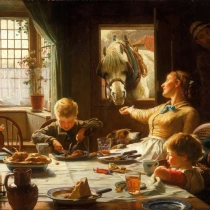
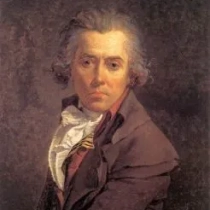
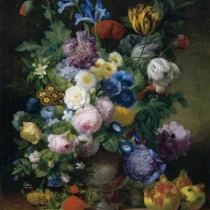
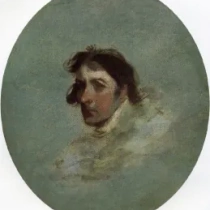
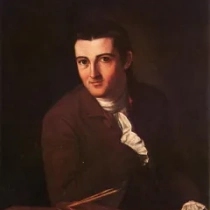
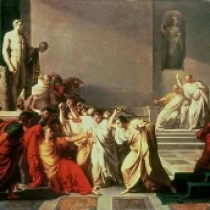
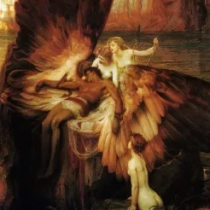
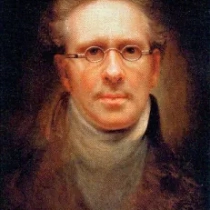

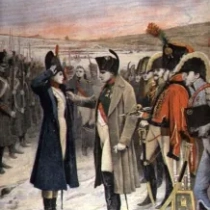
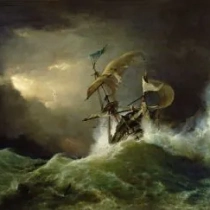
No Comments Yet...